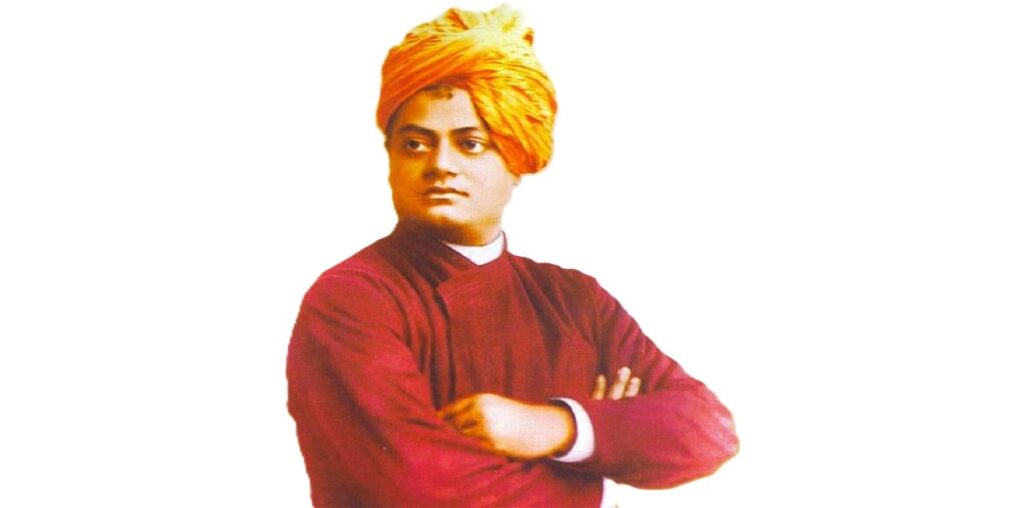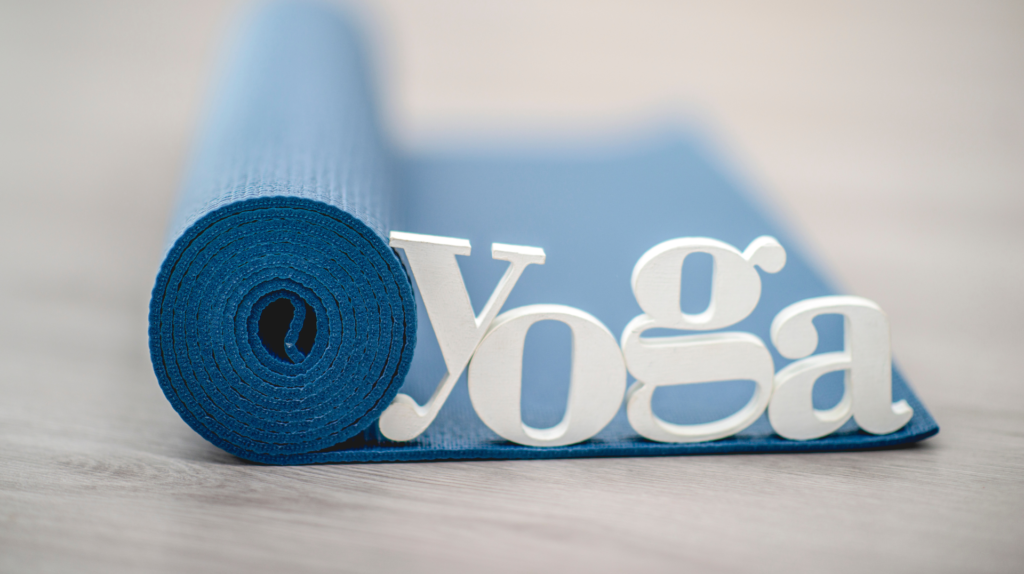Review of “Jnana Yoga” by Swami Vivekananda
Printed by Advaita Ashrama, Calcutta. Review by Vishwanath Iyer.
Swami Vivekananda (12 January 1863 – 4 July 1902) was born as Narendranath Datta in Kolkata, West Bengal, India into an aristocratic family. He also came from a family of ascetics.

In fact, his grandfather, Durgacharan Dutta had become a monk at 25. Initially, as a child, Swami Vivakananda was interested in spirituality, often meditating on Indian deities. He was a brilliant student, with terrific speed reading capabilities and a photographic memory. As a result, he won tremendous praise from all his teachers in Christian College, Kolkata.
Swami Vivekananda’s initial exposure to spirituality was as an apprentice of Nava Vidhan, an offshoot of Brahmo Samaj. Here, he was exposed to many types of cultural, religious, social and spiritual ideas. Later, in 1881, he met his Guru, Ramakrishna Paramahansa and slowly began to gravitate towards Ramakrishna Paramahansa, especially after his father’s death in 1884. Finally, he experienced nirvikalpa-samādhi in 1885.
Evolution at a monk
In 1886, Ramakrishna Paramahansa died, anointing Swami Vivekananda as the head of his disciples. Therafter, on Christmas Eve, Swami Vivekananda and 8 fellow disciples become monks.
In 1888, Swami Vivekananda left his monastery as a wondering monk, moving around Bhārat with no possessions. Then, reaching Mumbai in 1893, he departed for the West, passing Japan, China and Canada before reaching USA where he spoke at the Parliament of Religions. In fact, his opening words, “Sisters and brothers of America!” made him famous. Over the next few years he spread the understanding of Vedanta, accepting disciples and established ashrams all over the world. Finally, on 4th July 1902, he passed away.
About Jnana Yoga
Jnana Yoga was published posthumously, sometime around 1905. It is based on a series of lectures given by Swami Vivekananda in New York and London. These lectures were transcribed by a professional stenographer Joseph Josiah Goodwin in 1896. However, there have been additions and deletions to the book by the publishers. The important aspect of this book is that it is the first attempt to explain some concepts which underpin Yoga.
The book starts with the importance of religion and its relationship with Man. It then explains an important and often misunderstood concept of māyā (Illusion). However, Swami Vivekananda’s own explanation falls short of bringing complete lucidity, though the attempt is sincere and complete. Next, the book speaks about the nature of Man. The great thing about Swami Vivekananda’s lectures is the effort to help people understand that the Vedanta a complete source of all knowledge of the Absolute and way to reach it. Swami Vivekananda’s explanations of the Absolute and Relativity are brilliant.
Swami Vivekananda speaks about Realisation and God through an abridged version of the Katha Upanishad. In fact, this chapter is explained in a simple and easy to understand manner. Next, Swami Vivekananda explains the nature of the Soul by explaining the Chandogya Upanishad. The Cosmos, micro and macrocosm are explained, followed by the nature of the soul and immortality.
Review of Jnana Yoga
There is no doubt that the book is superbly put together. However, some of the features which a reader will need to take into cognisance are;
- The book is a summation of lectures, so there is overlap of concepts. This can make reading slightly tiresome.
- Since the book is a series of lectures, the reader is reading what should ideally be heard. This makes understanding of the book difficult.
- The lectures were given at the turn of the 19th century to people who knew very little of Hinduism and India. Hence, there is a lot of cross-referencing with other faiths. This aspect may confuse the reader.
There is no doubt that the book is a milestone in the History of Yoga. It was brought out at a time of ignorance on the subject of Yoga and did yeoman service in educating Indians and others on the aspects of Yoga and Indian philosophy.
This book must be read, at least once.


